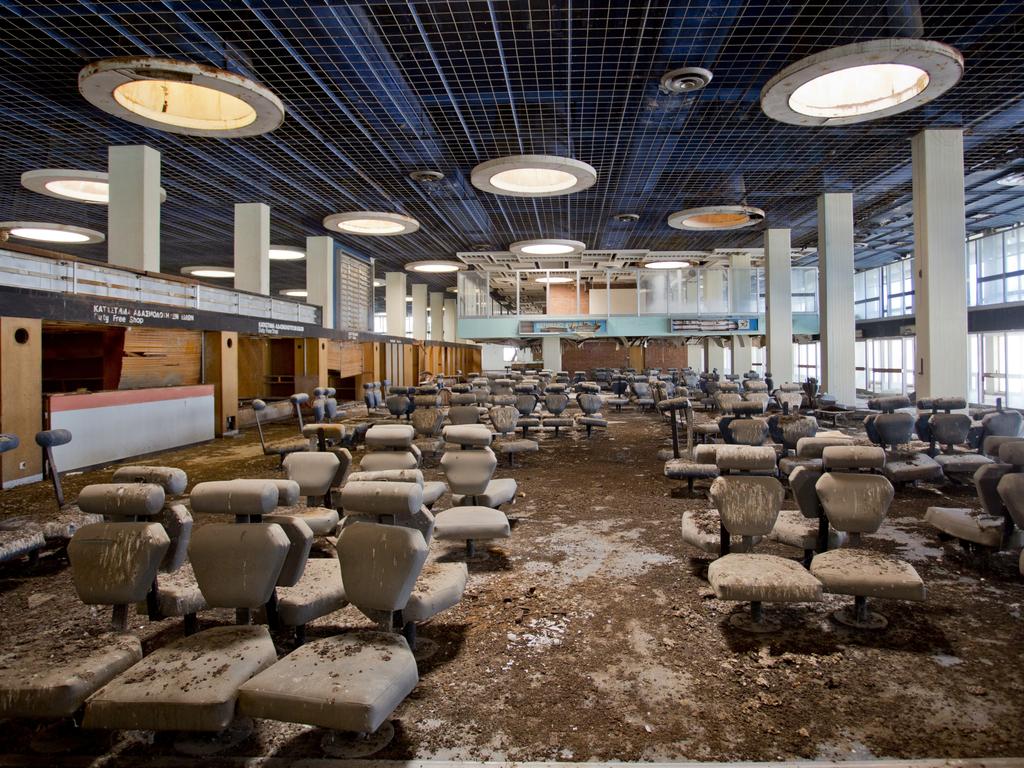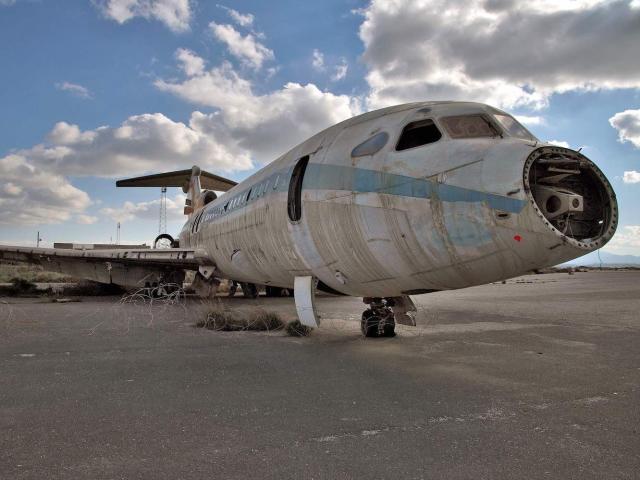Nicosia International Airport, located in the capital city of Cyprus, is a poignant reminder of the island’s tumultuous past and the enduring division between its Greek Cypriot and Turkish Cypriot communities. Once a bustling international gateway, the airport has remained abandoned and frozen in time since 1974, serving as a powerful symbol of the unresolved conflict that has gripped Cyprus for decades. In this article, we delve into the history, the consequences of the conflict, and the potential for the airport’s future. Nicosia International Airport was inaugurated in the mid-1930s as a civilian and military airport. Over the years, it expanded, becoming Cyprus’s primary international gateway and a significant transportation hub in the Eastern Mediterranean. The airport saw bustling activity and was a vital link between Cyprus and the world.

However, the airport’s history took a tragic turn in 1974, when the Turkish invasion of Cyprus resulted in a deep and lasting division between Greek Cypriots and Turkish Cypriots. The airport’s proximity to the United Nations buffer zone, which was established in the wake of the conflict, led to its closure. Since its closure in 1974, Nicosia International Airport has remained eerily untouched, as if time stopped on that fateful day. The terminal building, check-in counters, baggage claim, and departure lounges all bear witness to the abrupt departure of passengers and staff. Bullet holes and shattered glass tell a story of the conflict that forced the airport to close its doors indefinitely. The airport’s runway is no longer operational, and its control tower stands as a silent sentinel over the desolate tarmac. Although it has witnessed no flights for decades, the airport serves as a powerful symbol of the division that persists between the Greek Cypriot south and the Turkish Cypriot north.
Nicosia International Airport’s abandonment reflects the larger conflict’s impact on Cyprus. The ongoing division has resulted in a heavily fortified buffer zone that bisects the island’s capital, Nicosia, as well as the airport itself. The buffer zone, patrolled by United Nations peacekeepers, serves as a constant reminder of the unresolved issues that continue to plague Cyprus. Despite its current state, Nicosia International Airport carries the potential for renewal and reconciliation. Over the years, there have been various proposals and discussions about reopening the airport as a shared, international facility. The idea is that a functioning airport could not only boost economic development but also symbolize the possibility of peaceful coexistence between Greek Cypriots and Turkish Cypriots.
While political and logistical challenges persist, the airport’s unique history and potential for transformation make it a poignant symbol of hope for the reunification of Cyprus and a future where its people can live and work together in harmony. Nicosia International Airport stands as a frozen snapshot of a divided island, a place where history, politics, and human aspirations intersect. Its abandoned terminal and decaying infrastructure evoke a sense of nostalgia for the past and a longing for reconciliation in the future. As Cyprus continues to seek solutions for reunification, the airport remains a powerful symbol of the island’s unresolved issues and the potential for a brighter, more peaceful tomorrow.


